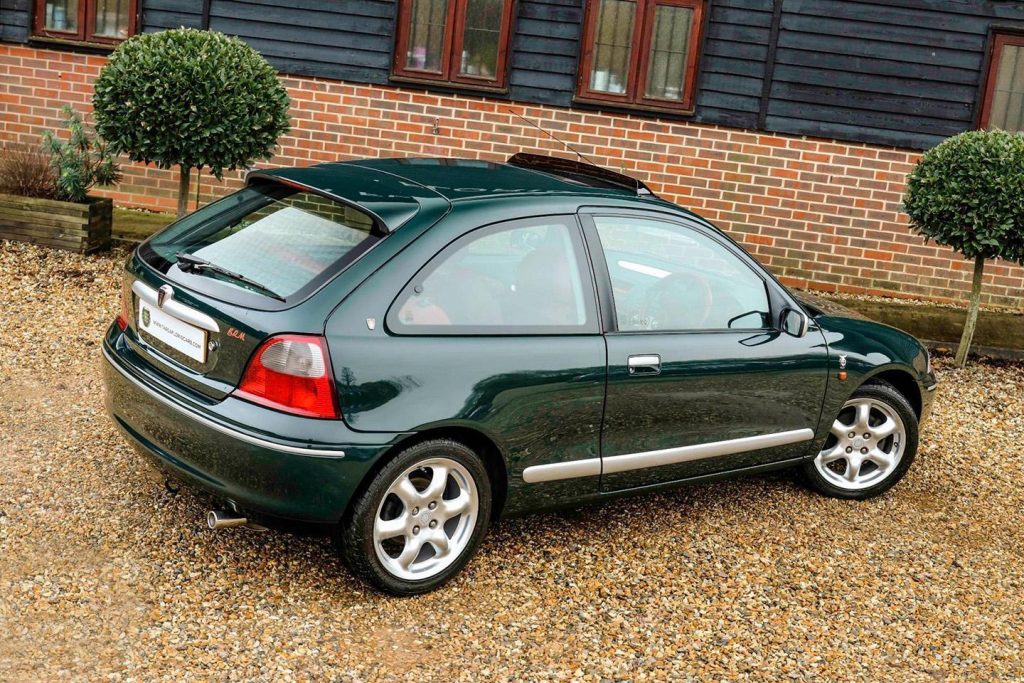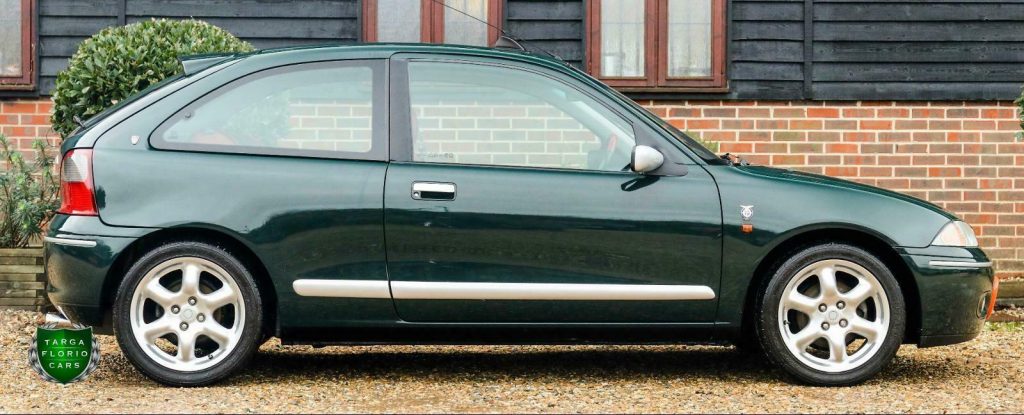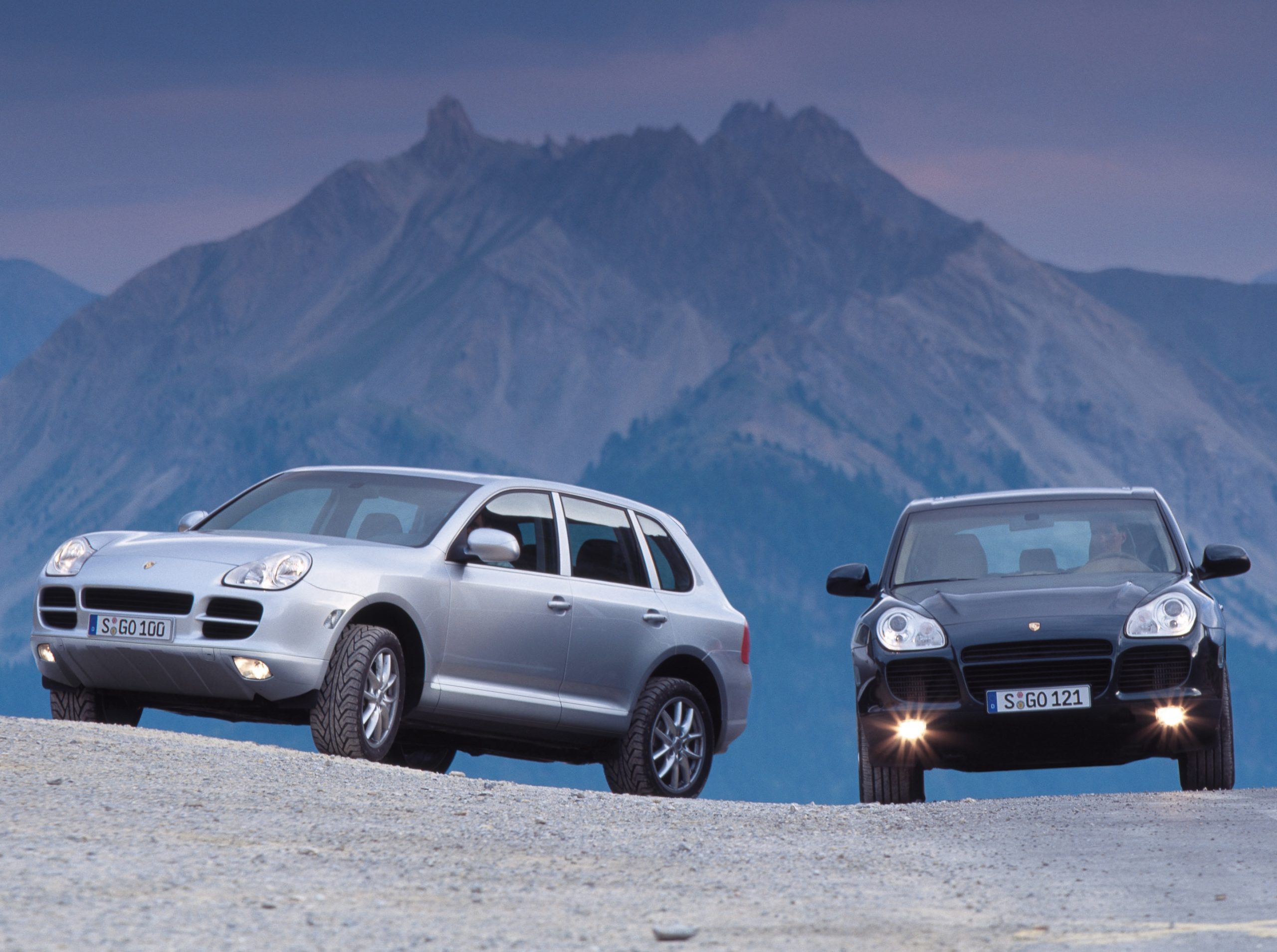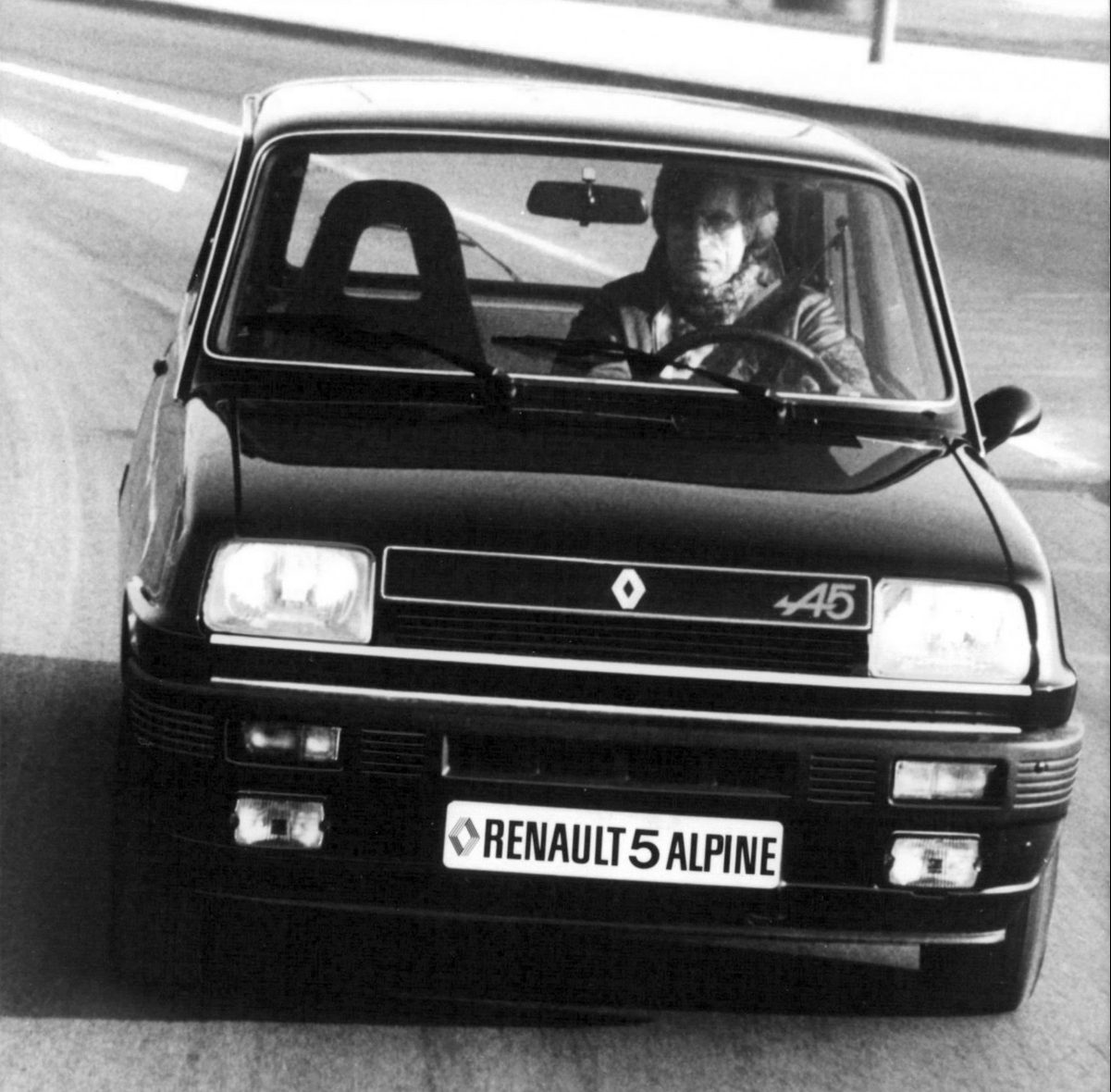If you remember the Renault Clio Williams then you’ll understand the power of a motorsport tie-in. The Williams wasn’t developed by the team that was dominating Formula 1 at the time – it was the work of Renault Sport, like subsequent hot Clios – but with a lick of blue paint, some gold wheels and appropriate stickers, you added F1 kudos to a car that was built with the shopping run in mind.
Rover also attempted the same trick in the 1990s, but the end result didn’t have quite the same effect. That might have been because the brand it chose for the Rover 200 BRM had by that point been absent from the top level of motorsport for two decades, its last F1 victory had been a quarter of a century ago, and its glory days were the decade before that.

There was a chance, of course, that Rover’s clientele – charitably of more advanced age than perhaps some rivals in the hot hatchback scene – could still remember the heyday of British Racing Motors, but they’d then have to be okay with the car’s aesthetics.

Everyone could see what Rover was going for with the traditional British Racing Green paintwork and matte silver detailing, and even the characteristic orange intake. Whether all these details (origin: late 1960s, thirty years before the Rover) worked on a humble 200 hatchback was a matter of taste.
Then there was the interior, and good lord you were not going to miss that even if you overlooked the green and orange combo outside. Rover perhaps exercised some artistic license with the bright red quilted leather, because few of the Grand Prix cars ran with anything quite that vivid, and the effect then, as now, was more red light district than classic racing environment.
Despite such subjective matters, the BRM was fundamentally a pretty good hot hatchback. It was essentially a dressed-up Rover 200vi, with the same 1.8-litre, 143bhp K-series under the bonnet, tightened-up suspension and a small, lightweight footprint – exactly the same formula that made the MG ZR a hoot a few years further down the line.
The car clearly has a bit of a following too given the example for sale through Targa Florio Cars is a tenner shy of ten grand. The mileage is more modest than the paintwork at 38,000, and the BRM had a service in February 2020, including an all-important refresh for the K-series, with the more reliable MLS head gasket and even an inspection and cleaning of the cylinder liners.
It’s still possible to find BRMs cheaper, if not quite looking as tidy, and the pricing is also towards the upper end for that 90s period of otherwise quite understated hot hatchbacks. You can, for instance, go out and find a Peugeot 306 GTi-6 or an Alfa 145 Cloverleaf for less. Or, for a little more, a Clio Williams.
But with modern hot hatches turning up the aggression, maybe the time for the Rover 200 BRM’s unique brand of retrospective motorsport glory has finally come.














I worked on that car, spending several weeks measuring up the wheelarch liners and playing with the tooling to adapt it to fit all the series 200 cars as the BRM variant had wider wheels. I succeeded and saved Rover the cost of new tooling which at that time was about £300k. The car should also have orange wing mirrors.
Fascinating stuff, Keith. Tell us more!
Love the BRM, OWNER FOR 21 YEARS.
What a great drive,,very nimble and quick,,,the best is the exclusive feeling it gives as you never see them,, the car is more than adequate for modern driving ,, better than most modern cars in fact,,I love it